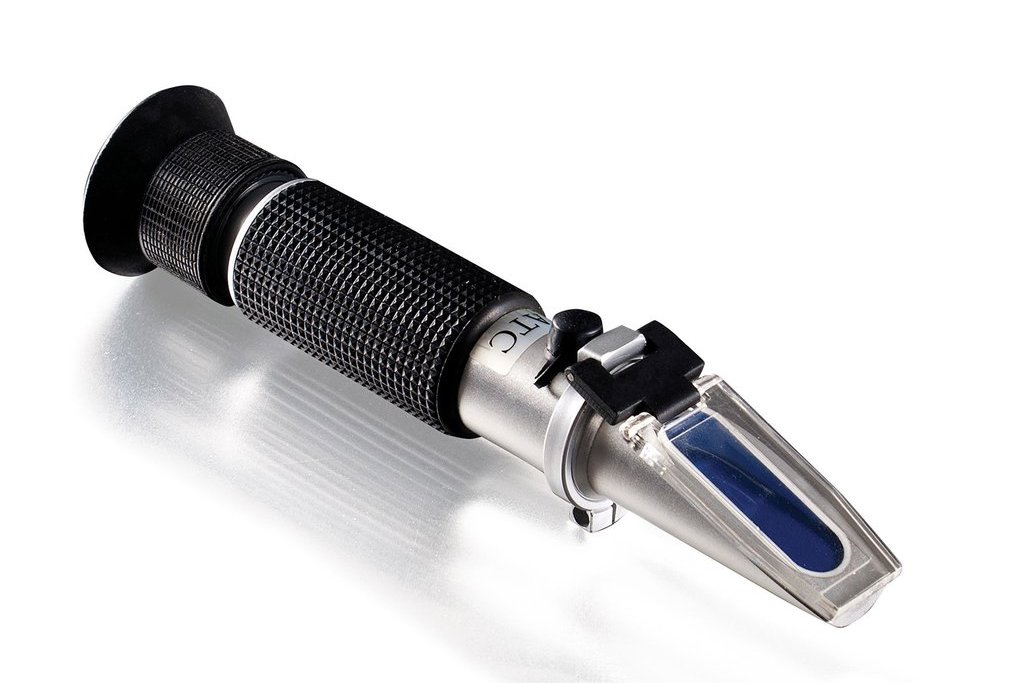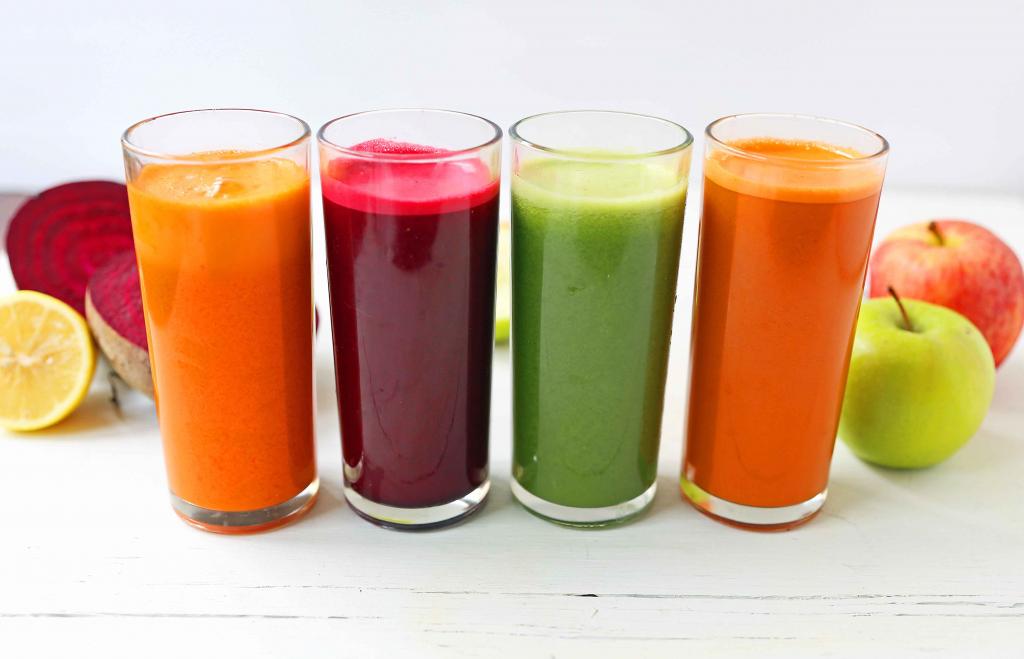Water is one of the most common chemical compounds on Earth. It plays an exceptional role in the life of the biological world, just like oxygen, being a necessary condition for life, it is a part of all living things and participates in their metabolic systems. Determining the water content (percentage of moisture) in a person’s environment, food, industrial materials, gaseous, solid and liquid substances is one of many problems that are solved in laboratories around the world.
Definition of a concept
The most general definition of dry matter (dry matter in chemistry) is that it is the substance from which moisture is removed. But the moisture that is contained in a substance or material can be divided into two components:
- that which is contained in the molecules of a substance, or bound;
- the one that is contained between the molecules of the substance, or free.
We can remove free water by physical methods: evaporation, drying, distillation, etc. In this case, the structure of the substance can change, the chemical composition can not. Bound moisture can only be removed under more severe conditions or even only with the help of chemicals.
Dry are substances in which both types of water are absent. It should be remembered that the surrounding air constantly contains a certain amount of water vapor.
Therefore, dried hot substances must be stored in special containers so that water vapor does not get into them.
Water in food
Water is found in large quantities in food. From 70-95% in various fruits and vegetables and up to 4% in milk powder. But the humidity of the product does not mean the percentage of free and bound water in it, and this plays a leading role during storage. Indeed, depending on humidity, the appearance, taste and, accordingly, the time and method of storage change without the appearance of signs of corruption. Therefore, manufacturers usually indicate not only the period, but also the humidity and storage temperature of the product.
In food, water can be bound by proteins and a large number of other organic compounds into persistent colloidal systems, from which it is difficult to remove.
Water in animal feed
Dry matter may refer to the dry portion of animal feed. The nutrient in the feed or toxin can be classified as such to show their level in food for animals. Taking into account the levels of nutrients in different feeds on the basis of dry matter (and not on the basis of evidence) facilitates the comparison. After all, all food has different percentages of water. It also allows you to compare the level of this nutrient in the dry with the level required in the diet of the animal.
The percentage of water is often determined by heating the food on a paper plate in the microwave or using Koster Tester to dry the food. The determination of solids can be useful for low energy feeds with a high percentage of water to ensure adequate energy consumption. It has been shown that animals consuming these types of food receive less food energy. A problem called dry matter loss can occur as a result of heat generation caused by microbial respiration. This reduces the content of non-structural carbohydrates, proteins and, in general, food energy.
How to calculate the amount of moisture
The dry matter content is determined by the difference between the weight of the entire product and its moisture content (moisture content). For this, direct and indirect methods are usually used.
Direct methods help to extract the water contained in the product and then determine its amount.
Indirect methods, such as drying, refractometry, density or conductivity of a solution, determine the solids content. Indirect methods can also include the method of exposure to the test substance with chemical reagents.
Difficulties in determining the moisture content of a substance
The determination of the amount of water in a sample is sometimes complicated by the fact that its drying leads to a change in its chemical composition: volatile substances such as carbon dioxide, some organic acids, ammonia compounds, as well as most alcohols and ethers, simply evaporate during the process, and the oxidation of a number of organic substances leads to an increase in the weight of solids. It can also increase due to the water contained in persistent hydrophilic colloids.
How to determine the dry residue
The determination of solids is carried out by various methods. Consider the main and most commonly used:
- Arbitration method. The water content is determined by drying to a constant dry matter mass when hygroscopic moisture is released. The temperature is maintained strictly defined. The sample is dried to constant weight. There is also an accelerated method carried out at elevated temperature. In this case, a specific drying time is set, and the process is carried out by sintering into a homogeneous mass with pre-calcined sand. The amount of sand used should be two to four times greater than the sample. Sand is necessary for uniform drying, increases porosity and facilitates the removal of moisture. The process is carried out in porcelain cups for 30 minutes, the temperature is determined by the type of product. Instead of porcelain cups, aluminum or glass can be used.
- Drying in a high-frequency apparatus. Such an apparatus produces infrared radiation and usually consists of two plates that are interconnected. The method allows you to speed up the drying process, and, therefore, the entire study.
- Refractometry method. The use of this method is usually relevant for substances containing a lot of sucrose: sweets, syrups or juices. In this case, the refractive indices of the sample of substance and sucrose are compared. Since the refractive index depends on temperature, both solutions are placed in a thermostat before examination. This method accurately determines the amount of solids.

Rarely used methods
- The method of differential scanning colorimetry consists in cooling the sample below the freezing point of water, while free water will turn into a solid state, and when the sample is heated, the heat expended in melting this water can be found. And bound water will be defined as the difference between total water and frozen.
- The method of dielectric measurements is based on the fact that in the presence of partially bound water its properties as a dielectric are very different from a sample where there is no such water. Having determined the dielectric properties of a sample of a substance, the content of free and bound water is found from special tables.
- The method for measuring the specific heat consists in measuring the index of frozen water during thawing, when hydrogen bonds break. At high humidity of the sample, the specific heat will be determined precisely by free water, the heat capacity of which is 2 times that of ice.
- The nuclear magnetic resonance method determines the mobility of water in a fixed matrix. In the presence of free and bound water, the device determines their presence in the spectrum by two lines at once. One type of water gives only one spectral line. The method is expensive, but very accurate, is used for in-depth studies of the structure of organic substances.
- The densimetric method begins by determining the specific gravity of the sample. This is the usual way to calculate water in juices, syrups, processed fruits or berries with sugar. The specific gravity is determined by a hydrometer. Knowing it, we use the data given in GOST for the test substance and set the water content in the sample.

It should be noted that the methods for determining solids are not limited to those given in this article.
Recommendations for choosing a research method
For each specific sample of a substance, product or material, its own method for determining solids is used. To clarify the method, it is necessary to refer to state standards and norms that are developed for all food products and their production.
State standards
A large selection of methods for determining the dry residue does not mean the amateur choice of the desired method. For the proper conduct of the study, it is necessary to familiarize yourself with state standards and norms for conducting these analyzes in accordance with GOST.
So, GOST 26808-2017 "Canned fish and seafood. Methods for the determination of solids" and GOST 32640-2012, concerning methods for calculating the content of substances in feed, was developed. They describe processes in great detail, highlight the features of their implementation, equipment and materials for research.
Other standards and regulations
In addition to state standards, there are a large number of different standards that determine the correctness of laboratory tests for each type of test substance for dry matter content. These are various OSTs, TU, PCT, MVI and other regulations and standards. So, for example, there is RD 118.02.8-88 "Methodology for measuring the content of solids (dissolved substances) in wastewater."